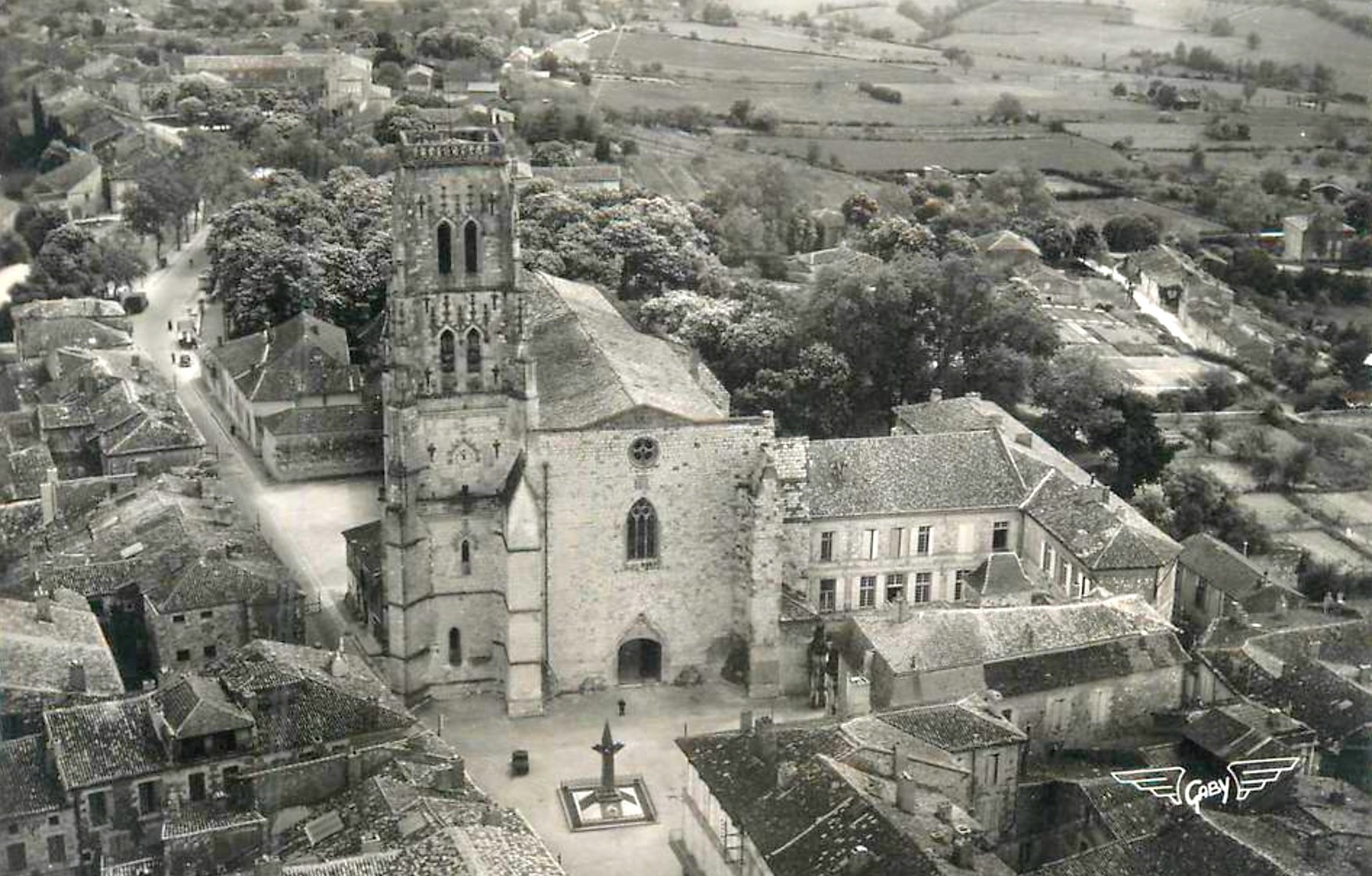
Lectoure: a millenial history
The settling of the Lectoure area has been constant since the Mesolithic period between 10,000 and 2,500 BC., as evidenced by the many remains found during excavations. The site's geographical location as a barred spur has always favored human occupation. A barred spur designates in archeology a rocky promontory whose fortified structures (dry stone wall, palisade, ditch, etc.) constitute a naturally protected spur, in order to establish human occupation. Lectoure therefore rises on a limestone spur, seat of the ancient oppidum defined by the Romans as a type of fortified protohistoric habitat.
Occupied peacefully by the Romans, Lectoure or Lactora in Latin is an Aquitaine-Roman city, capital of the Lactorates, which is part of the Roman province called Novempopulanie. The city then extended into the plain to the south, leading to the Gers river, and enjoyed a long period of prosperity. Lectoure is located at the intersection of two main roads, an east-west axis, from Toulouse to Bordeaux, and north-south from Agen to Saint-Bertrand de Comminges, the ancient Lugdunum Convenarum. This route is mentioned on the Peutinger Tabula, an ancient Roman map showing the roads and the main towns of the Roman Empire which constitute the publicus curriculum, that is to say the postal service. These roads are paved and well maintained. Just as much as the Roman road, the Gers river, although difficult to navigate, allowed seasonal transport of goods between Lectoure and the Garonne such as the importation of amphorae, pottery and the exportation of wheat and wine. The economy was mainly agricultural, such as grains and vines. Clipped vine branches have been found in local Gallic burial wells, which shows that viticulture had long been in the spotlight.
Successive barbarian invasions, notably that of the Visigoths from the east, forced the inhabitants to move back to the top of the hill, to build ramparts and to make Lectoure a well-known stronghold for several centuries. Victor Hugo, in Notre-Dame de Paris, makes one of the beggars launching an assault on Notre-Dame say: "By the Pope's mustaches! (...) Here are church gutters that spit out molten lead at you better than Lectoure's machicolations.”
Lectoure, capital of the county of Armagnac, experienced several sieges, in particular that of 1473 after Lectoure took its independence from the crown. A brutal battle led by Louis XI’s soldiers ended with the death of Jean V d'Armagnac and the almost total destruction of the city. Reunited to the crown and reborn from the ashes, Lectoure undergoes new sieges during the wars of religion. Then part of the Protestant kingdom of Navarre, Lectoure had to capitulate to Blaise de Monluc serving king Charles IX. The 17th and 18th centuries were a calm period in which the bourgeoisie and petty nobility flourished. In fact, until the middle of the 17th century, the city enjoyed tax exemptions given by Louis XI and renewed by his successors. During the French Revolution, many volunteers enlisted and became prominent figures of the Empire: Marshal Jean Lannes, and many other talented generals. Their portraits now adorn the hall of illustrious people in the Town Hall, a former episcopal palace built in 1676. The 19th and 20th centuries saw a slow decline of the city like most other small towns. Its population decreases inexorably with the sudden rupture due to the world wars (especially that of 1914-1918). Lectoure was however spared due to its geographical location far from military operations and received an influx of refugees like the Alsatians of Saint-Louis in 1940.
